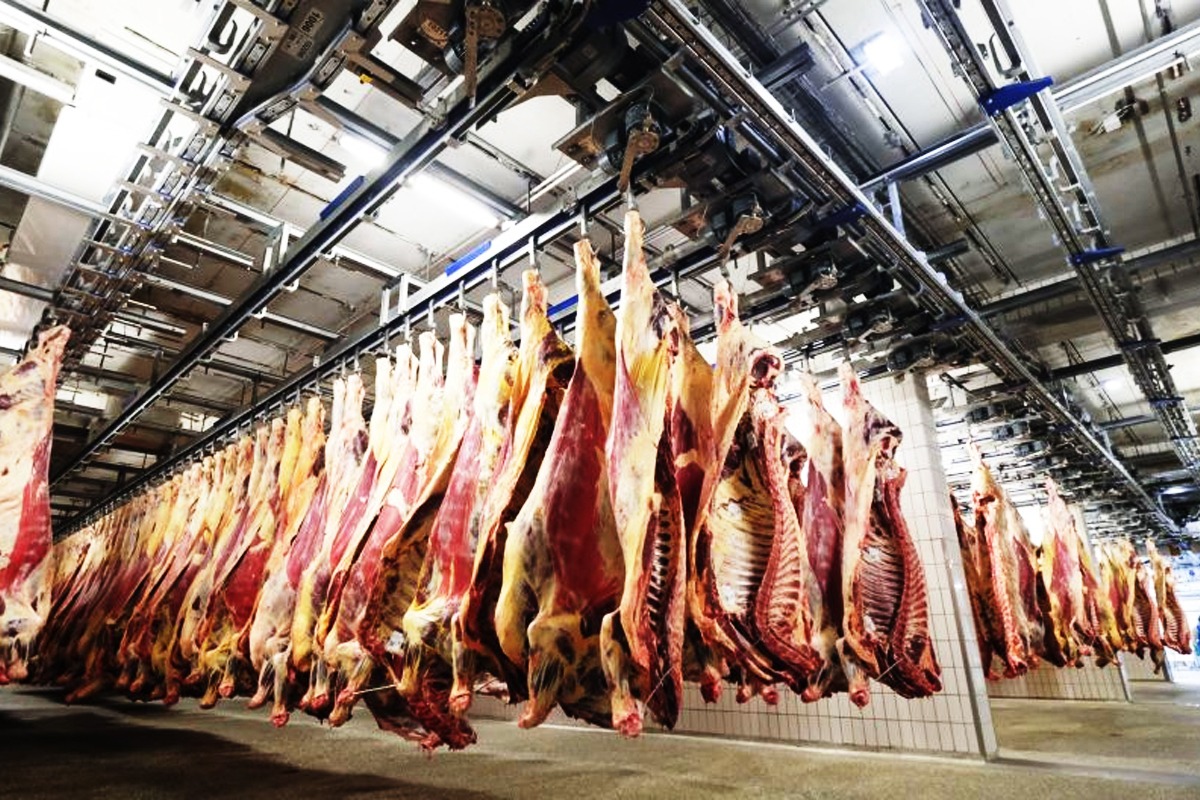

There have been major allegations made, but without adequate proof, that India is home to the largest “Illegal, Beef-market.

Visakhapatnam: India is home to the world’s largest cattle inventory. To put it in perspective India houses roughly one-third of the world’s cattle population, including both, water-buffalos and cows, the number is roughly 350 million. The sheer volume of our bovine population has played a key role in increased milk-production, but it has apparently brought with it problems and issues of an equal scale and a greater dimension.
There have been major allegations made, but without adequate proof, that India is home to the largest “Illegal, Beef-market,” while these allegations have been questioned , there is however, the issue of cattle being abandoned and the burden of redundant cattle, chiefly male calves and old females. Over the last few decades, this has been a major issue, with some advocating protection to cattle, through a carpet ban on sale of beef, while there are others, who believe that the sale of beef must be de-regularized.
READ MORE: Trudeau must take action to combat Khalistani terrorism and rebuild trust with India
However, this issue has become rather sensitive and the lack of uniformity in regulations and laws over cattle slaughter and sale of beef, thanks to the federal structure of our country has resulted in both confusion and conflict. In many states, especially in the south, east and the north-east of India, sale and slaughter of cattle is either allowed, subject to regulation or without any regulation whatsoever.
Keeping the redundancy factor in mind, it is only logical to understand that there is an element of illegality involved in the sale of cattle, with people of all religious denominations being involved, after all, majority of the farmers in India are Hindu. While the majority of the Hindu population may not be in favor of cattle slaughter, yet sentiments alone will not be able to provide a solution to a problem, which may have gained industrial scale and proportions.
So, what are the factors and causes that led to this situation, and is there a viable and scientific solution to this problem? The answer is definitely a yes, but the Union Government must provide the necessary financial resources to implement the solution.
Before delving into the solution, it is important to touch upon the factors and causes that have led to this problem. The white revolution has ensured that there is stress on increased milk production, as a result, more than four decades ago or more, India began to import, high yielding foreign breeds (in the case of cows, it was the Jersey and Holstein-Frasier varieties), to increase milk-yields as the majority of the native Indian breeds were known to be low yielders. The cross-breeds turned out to be high-yielders, but as always, there was a side-effect. The male calf, off-spring of these mixed breeds, were not highly suitable for draught work (tilling and transportation) and as a result, became redundant. This was the first though unintended cause. To add to the problem, there was a clear and paradigm shift from open grazing to stall-feeding the animals. This happened as a result of the shrinking of traditional, community grazing grounds in rural India.
To add fuel to the fire, the mechanization of agriculture and transport over the last two decades has taken its toll, literally both on the bullock and the cart, throwing them out of the picture, once and for all. To put it in plain words, the male-calf has become redundant, an unwanted burden as keeping them would render dairying a non-profitable activity, after all surveys and data proves that the probability of a male-calf being born is marginally higher.
This begs us to ask the question, what to do, is there a scientific and valid solution? Thankfully, the answer is yes. India could turn out to be one of the few countries in the world, where the Sexed-Semen could be put to good use and enhanced and developed for usage, cutting across a whole range of cattle. So, what is Sexed-Semen? Simply put, it involves the extraction and removal of Y-chromosomes from the semen, thereby, increasing the probability of having female-calves to 80% to 90%. However, it has been observed that the sexed-semen is rather expensive, involving an elaborate storage and freezing process as well, while the conceptual rate is not as high as is the case with regular semen. More importantly, while the Sexed-Semen is available for imported breeds, it has not been developed for traditional and mixed Indian breeds.
READ MORE: Exploring the Potential of the Agniveer Scheme in India-Israel Collaboration
The Union Government instead of trying to focus on a legal solution to this problem, could promote and initiate the development of the Sexed-Semen and even support the farmers by providing subsidies, to promote its use, while at the same time focusing on cracking down on illegal and open slaughter houses, when and wherever they exist and also help provide shelter and care to cattle, by tying up with Goshalas.
Eventually, the Union Government must adopt the policy of promoting the sexed-semen, as this would help farmers from ‘doing away,’ with the male calves, either by abandoning them or by any other means. The sexed-semen, if produced in India, could also play a pivotal role in securing the future of native Indian breeds, this as an added benefit.